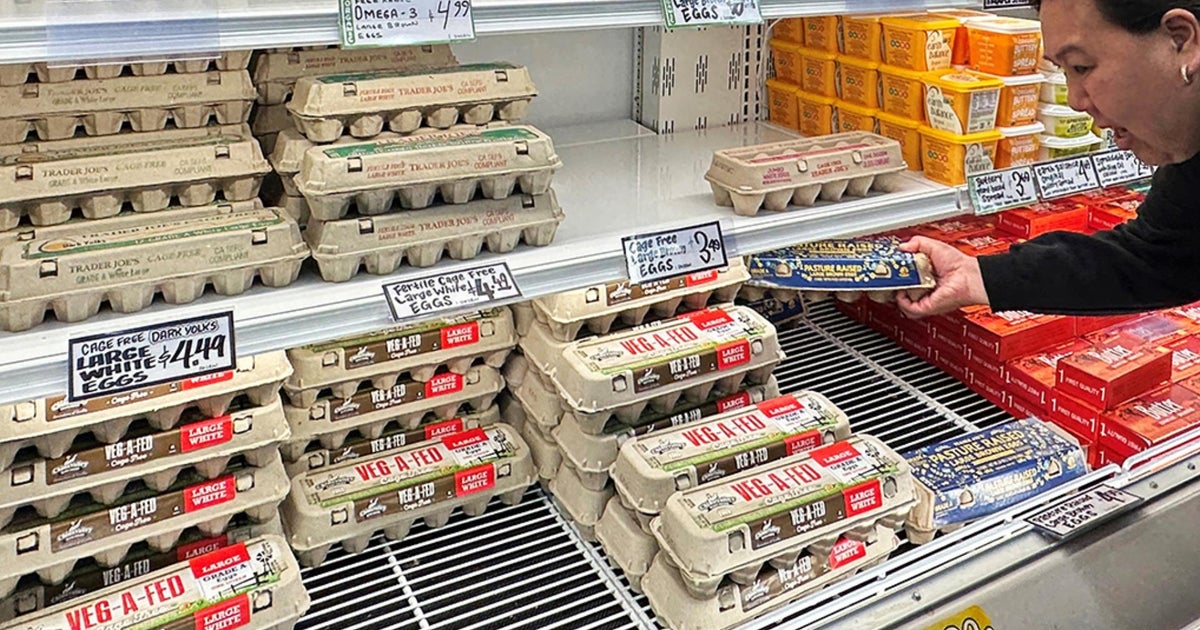U.S. Consumer Spending Drops Amid Easing Inflation and Tariff Fears
U.S. consumer spending decreased by 0.2% in January as inflation fell, raising concerns over economic resilience amid proposed tariffs.
Overview
In January, U.S. consumer spending fell by 0.2%, the largest drop since February 2021, despite inflation easing to 2.5%. Although incomes rose 0.9%, consumer sentiment waned due to uncertainties surrounding President Trump's proposed tariffs which threaten to push prices higher. The Federal Reserve is monitoring these developments closely, and while inflation has cooled from its 2022 peak, rising tariffs could complicate economic recovery efforts. Economists remain cautious as higher tariffs could exacerbate inflation concerns, dampening consumer confidence and spending patterns.
Content generated by AI—learn more or report issue.

Get both sides in 5 minutes with our daily newsletter.
Analysis
- U.S. consumer spending saw a notable decline in January, the most significant drop since February 2021, amid rising economic uncertainty and fears of tariffs.
- While inflation eased slightly to 2.5% annually, there are concerns about the impact of proposed tariffs on future price increases and economic activity.
- Personal income increased significantly, but the higher income levels did not translate into increased consumer spending, indicating cautious behavior among consumers.
Articles (6)
Center (3)
FAQ
The decrease in consumer spending was influenced by factors such as higher bills for essentials like energy, housing, and groceries, as well as uncertainties surrounding proposed tariffs and economic conditions. Additionally, unseasonably cold weather may have impacted discretionary spending.
History
- This story does not have any previous versions.



